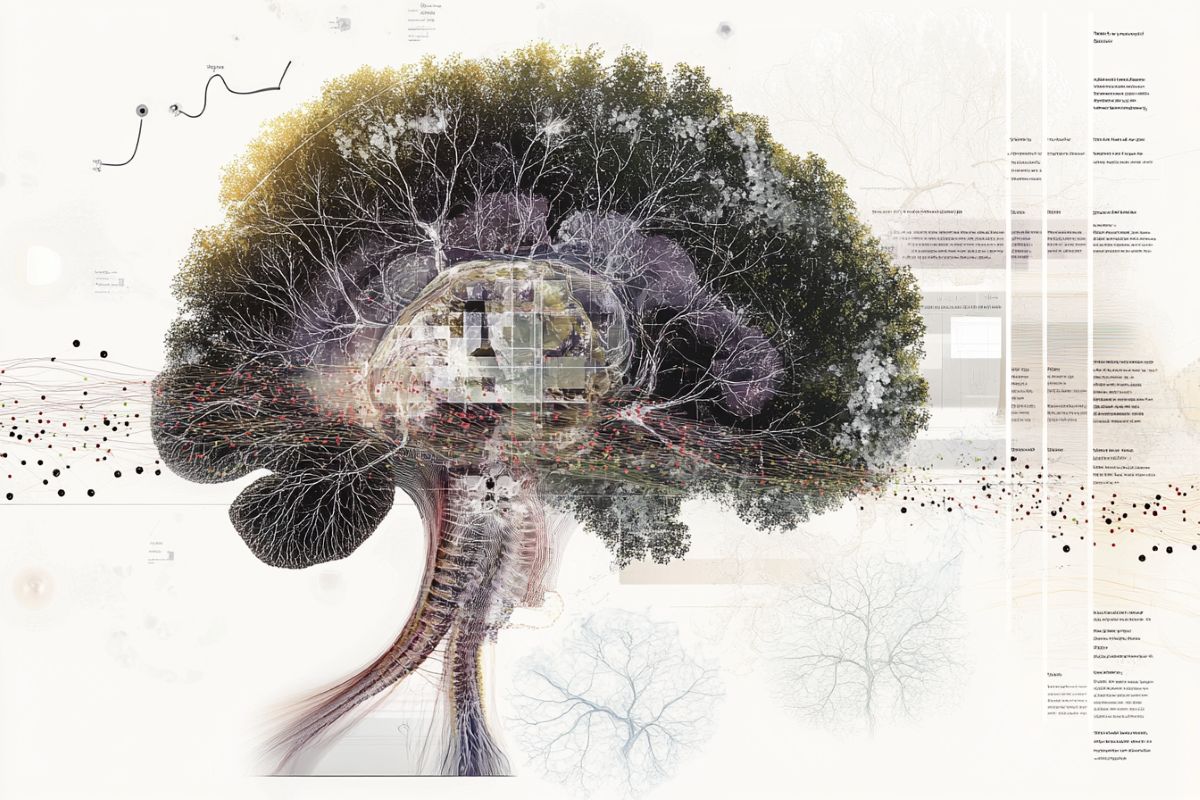Summary: A new study reveals that microRNAs—tiny regulators of gene expression—play a crucial role in shaping Purkinje cells, rare brain neurons linked to movement and neurodevelopmental disorders. Using advanced genetic tools, researchers showed that disabling microRNAs during specific developmental windows impaired the cells’ growth and ability to form key connections.
The study identified two critical microRNAs and their gene targets that govern the branching and connectivity of Purkinje cells. These findings open the door to understanding how disruptions in microRNA networks could contribute to conditions like autism.
Key Facts:
- Developmental Timing: MicroRNAs are essential at two distinct stages of Purkinje cell growth.
- Critical Regulators Identified: miR-206 and miR-133 target genes that control cell expansion.
- Neurodevelopmental Insight: Disrupting these pathways may be linked to autism-related genes.
Source: Scripps Research Institute
Our brains contain billions of neurons and trillions of connections, and scientists are only beginning to understand the intricate process required to build this level of complexity. This includes uncovering the role of microRNAs: small, single-stranded molecules that help regulate protein production throughout the brain and the rest of the body.
Now, Scripps Research scientists have revealed how microRNAs impacts Purkinje cell development—a rare type of neuron with links to neurodevelopmental disorders.
Their findings, published online in Neuron on April 2, 2025, could help uncover the complicated origins of these conditions, while also shedding light on how microRNAs are involved in aging, plasticity and other key brain processes.
“Dissecting microRNA networks in the developing brain has important implications for understanding neurodevelopmental disorders, especially in Purkinje cells, which are the most affected neuronal subtype in autism spectrum disorder,” says senior author Giordano Lippi, associate professor of neuroscience at Scripps Research.
Previous studies have suggested that microRNAs are critical for brain development, but their specific role in differentiation—the process of stem cells maturing into specialized cells—remained unclear.
“When neurons develop, they need to at some point decide what subtype they will become, but we really didn’t know much about the blueprint that instructs this differentiation,” says Lippi.
“There was a lot of evidence suggesting that microRNAs might have a very important role here, but because the tools were not good enough, we couldn’t really nail down that question until now.”
The team focused on Purkinje cells, which comprise less than 1% of cells in the cerebellum. Purkinje cells integrate information from different parts of the brain and body, enabling us to make smooth, controlled movements.
They are some of the largest brain cells and have a tree-like appearance—a single axon “trunk” that supports a system of “branches” known as the dendritic arbor. Purkinje cells are also surrounded by structures called climbing fibers that wrap around the cells’ dendrites and deliver information from other parts of the brain.
To attain their large size and elaborate arbor, Purkinje cell development involves prolonged periods of growth and branching. In mice, the long process of Purkinje cell development is complete around four weeks after birth.
To investigate how microRNAs are involved in neuron differentiation, the team developed new tools that temporarily turn off microRNA function during specific developmental windows.
They found that microRNAs are critical during two phases in Purkinje cell development: inhibiting microRNAs during the first week after birth resulted in Purkinje cells with less complex dendritic arbors and smaller cerebellum.
In contrast, inhibiting microRNAs during the third week after birth prevented the Purkinje cells from forming synaptic connections with climbing fibers.
These findings shed light on how microRNAs control the precise timing of different aspects of Purkinje cell development that were previously thought to happen concurrently.
In collaboration with co-senior author Ian MacRae, professor of integrative structural and computational biology at Scripps Research, the team also developed a mouse model to identify which genes the microRNA molecules were targeting.
Using this system, they identified two microRNAs critical for Purkinje cell development (miR-206 and miR-133) and four gene targets (Shank3, Prag1, Vash1, and En2).
When they compared the Purkinje cell microRNA-target map to a map for pyramidal neurons—a functionally different but similar-looking brain cell—they showed that the two cell types follow very different microRNA blueprints during development.
“For the first time, we were able to see that certain microRNAs are enriched in Purkinje cells but not in pyramidal neurons,” says Lippi, “and by turning these microRNAs off we show how important they are for the development of Purkinje cells’ unique morphological features.”
Notably, three of the targets involved in Purkinje cell development act as “brakes” for cell growth. When microRNA binds to these targets, it takes off the brakes, which allows Purkinje cells to grow their exaggerated dendritic arbor.
Some of these gene targets have been previously linked to neurodevelopmental disorders.
“Our results seem to suggest that there might be cases in which dysregulation of the microRNA-target networks in specific areas of the brain might be causative to some of these diseases,” says first author Norjin Zolboot, a postdoctoral fellow in the Lippi lab.
“We have not actually explored any of those mechanisms, but this is something that we are looking forward to investigating in the future.”
Looking ahead, the team is also planning to use their new toolset to further investigate microRNAs’ role in development, neural plasticity and aging.
“With these new tools, a lot of doors are opening,” says Lippi. “We have barely scratched the surface of what microRNAs are doing, but now we have a way to thoroughly investigate all of this, and I think this is a very powerful toolset that will be broadly used by the field.”
In addition to Lippi, MacRae, and Zolboot, authors of the study, “MicroRNA mechanisms instructing Purkinje cell specification,” include Yao Xiao, Jessica Du, Marwan Ghanem, Su Yeun Choi, Miranda Junn, Federico Zampa, Zeyi Huang of Scripps Research.
Funding: This study was supported by funding from the National Institutes of Health (R01NS121223, RF1MH126719, R35GM127090, R21OD029999, F31NS118982), Autism Speaks (12923), the Whitehall Foundation (2018-12-55), and Chan Zuckerberg Initiative (2024-338468).
About this genetics and neurodevelopment research news
Author: Press Office
Source: Scripps Research Institute
Contact: Press Office – Scripps Research Institute
Image: The image is credited to Neuroscience News
Original Research: Closed access.
“MicroRNA mechanisms instructing Purkinje cell specification” by Giordano Lippi et al. Neuron
Abstract
MicroRNA mechanisms instructing Purkinje cell specification
MicroRNAs (miRNAs) are critical for brain development; however, if, when, and how miRNAs drive neuronal subtype specification remains poorly understood. To address this, we engineered technologies with vastly improved spatiotemporal resolution that allow the dissection of cell-type-specific miRNA-target networks.
Fast and reversible miRNA loss of function showed that miRNAs are necessary for Purkinje cell (PC) differentiation, which previously appeared to be miRNA independent, and identified distinct critical miRNA windows for dendritogenesis and climbing fiber synaptogenesis, structural features defining PC identity.
Using new mouse models that enable miRNA-target network mapping in rare cell types, we uncovered PC-specific post-transcriptional programs.
Manipulation of these programs revealed that the PC-enriched miR-206 and targets Shank3, Prag1, En2, and Vash1, which are uniquely repressed in PCs, are critical regulators of PC-specific dendritogenesis and synaptogenesis, with miR-206 knockdown and target overexpression partially phenocopying miRNA loss of function.
Our results suggest that gene expression regulation by miRNAs, beyond transcription, is critical for neuronal subtype specification.




